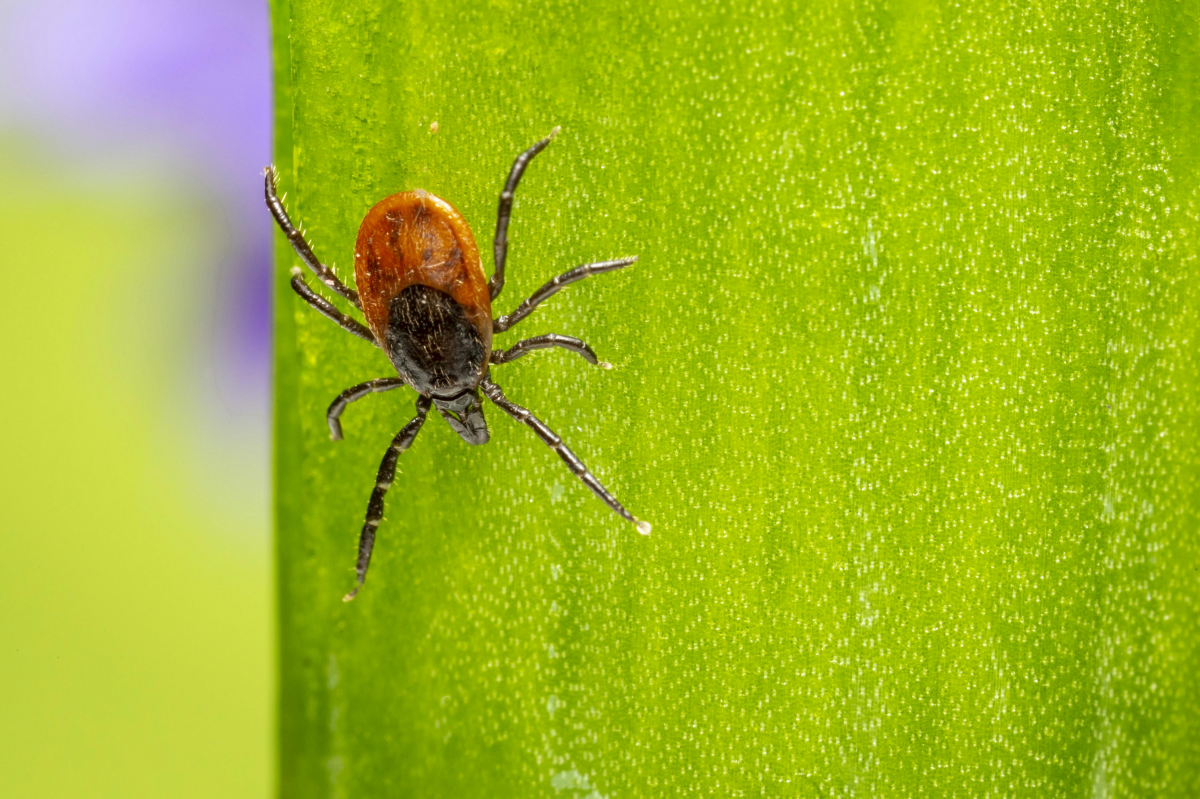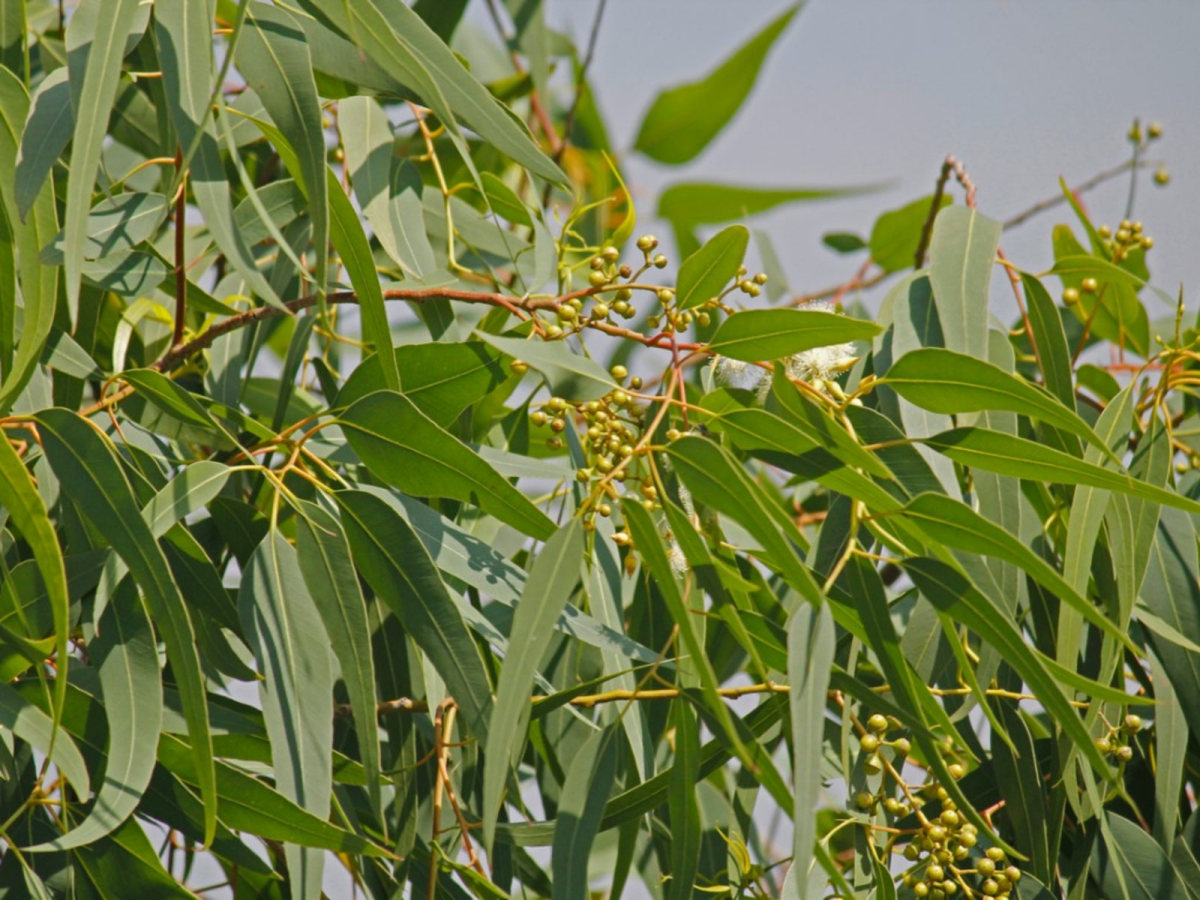Make Your Own Natural Tick Spray For The Yard
As the warmth of the sun begins to grace our days, the allure of spending time in our gardens intensifies. But this seasonal bliss often comes with a less welcome guest: ticks. These tiny pests are prevalent in our yards. They pose a significant concern for many homeowners, particularly in terms of health and safety. In response, an increasing number of people are turning to natural methods for tick prevention. These solutions help safeguard the health of our families and pets. They also contribute to environmental conservation by avoiding the use of harsh chemicals. Today, we will share some effective homemade, eco-friendly recipes for tick spray for the yard. Each recipe is straightforward to prepare and utilizes natural ingredients. This offers effective and environmentally responsible ways to keep your yard tick-free.
Using homemade natural tick spray for the yard is effective and safe
In this article
Natural Tick Spray For The Yard Recipes
The effectiveness of natural ingredients in repelling ticks is often underestimated. In an era where chemical-based solutions dominate, choosing to create your own tick repellents is a step towards healthier living and environmental responsibility. Homemade tick sprays offer a dual benefit. First and foremost, they reduce our exposure to potentially harmful chemicals. Secondly, they promote a more sustainable approach to managing pests. This guide focuses on DIY tick spray for the yard recipes that harness the efficacy of nature’s own ingredients to repel ticks. Each recipe is a blend of safety, simplicity, and effectiveness. This way, you can ensure that your outdoor spaces remain free from these unwelcome invaders. So, let’s explore these creative, nature-inspired solutions.
The effectiveness of natural ingredients in repelling ticks is often underestimated
Essential oil blend
Create a fragrant barrier against ticks with a blend of eucalyptus, lavender, and peppermint essential oils. To make this delightful and effective tick repellent, mix equal parts of these essential oils in a spray bottle. Then dilute it with water and a splash of witch hazel. The combination of these oils is super potent against ticks. Plus, it also leaves a refreshing, floral fragrance in your yard. Eucalyptus and peppermint provide a strong scent that repels ticks, while lavender adds a calming, pleasant aroma. This natural solution offers a dual benefit. For one, it keeps your outdoor spaces tick-free. However, it also infuses them with a soothing, garden-fresh scent, making your time outdoors more enjoyable and carefree.
Create a fragrant barrier against ticks with a blend of essential oils
Garlic and water
Garlic has a strong scent. This makes it an excellent natural repellent for ticks. To utilize its tick-repelling properties, crush several cloves of garlic and combine them with water in a spray bottle. Allow this mixture to steep overnight. This will enhance its potency. The next day, spray this solution around your yard. Make sure to focus on areas where ticks are most likely to inhabit. The pungent aroma of garlic creates an invisible barrier that ticks find repulsive. This garlic and water solution is not only simple to prepare, but also an effective, natural way to protect your yard. It’s a perfect choice for those seeking an easily accessible and environmentally friendly tick repellent.
Garlic has a strong scent
Cedar oil
Cedar oil is a natural and powerful option for repelling ticks. To create this spray, mix cedar oil with water, adding a small amount of mild dish soap to help emulsify the oil. This step ensures an even distribution when sprayed. Cedar oil’s strong scent is particularly effective against ticks, making it ideal for use in wooded areas and around the perimeter of your yard. The natural properties of cedar not only repel ticks but also provide a pleasant, woodsy aroma to your outdoor spaces. This cedar oil spray is a great choice for those looking for a natural, yet potent, solution to keep their yards tick-free.
Cedar oil is a natural and powerful option for repelling ticks
Neem oil
Neem oil is famous for its natural pesticide properties. This makes it highly effective against ticks. To make a neem oil tick repellent, mix neem oil with water and add a small amount of liquid soap to the mixture. The soap aids in dispersing the oil evenly when sprayed. Neem oil works by disrupting the life cycle of ticks. Thus, effectively preventing them from maturing and reproducing. This makes it an excellent choice for treating grassy areas and garden perimeters where ticks are often found. Spraying this solution throughout your yard provides a natural, eco-friendly shield against ticks, ensuring your outdoor areas remain safe and enjoyable for everyone.
Neem oil works by disrupting the life cycle of ticks
Lemon eucalyptus
Lemon eucalyptus oil is famous for its crisp and refreshing scent. But it also doubles as an effective natural repellent against ticks. To create this spray, blend lemon eucalyptus oil with water and a small amount of vodka or witch hazel. The alcohol or witch hazel helps to distribute the oil more evenly. This mixture harnesses the repellent properties of lemon eucalyptus. Lemon eucalyptus is particularly distasteful to ticks, while leaving a pleasant, citrusy aroma in your yard. It’s a natural, chemical-free way to safeguard your outdoor spaces from ticks, making it ideal for use in areas where you and your family spend time.
This mixture harnesses the repellent properties of lemon eucalyptus
Apple cider vinegar
Apple cider vinegar is a versatile household item. So, it’s no surprise that it also serves as an effective base for a natural tick repellent. To create this spray, dilute apple cider vinegar with an equal amount of water, enhancing its efficacy with a few drops of your preferred essential oils. This combination creates a potent yet safe repellent, ideal for treating your yard. Apple cider vinegar’s strong scent is unappealing to ticks, helping to keep them away from treated areas. This recipe is not only effective but also cost-efficient and accessible. So, it is an excellent choice for those looking for a simple, homemade solution.
Apple cider vinegar is a versatile household item
Herbal tea
Herbal teas, such as lavender or mint, can be used to create a gentle yet effective tick repellent. Brew a strong batch of your chosen herbal tea and mix it with vinegar and water to form a spray. The aromatic properties of the herbs are unpleasant to ticks, while the vinegar acts as an additional deterrent. This natural repellent is gentle on your yard but tough on ticks, providing a safe and pleasant-smelling barrier. The herbal tea tick repellent is a creative and eco-friendly solution, perfect for those who prefer using ingredients commonly found in the kitchen. It’s an ideal choice for maintaining a tick-free yard without resorting to harsh chemicals.
Brew a strong batch of your chosen herbal tea
FAQs
Is it worth spraying your yard for ticks?
Spraying your yard for ticks can be a worthwhile preventive measure. This is especially true for areas where ticks are prevalent. Ticks can carry various diseases and pose health risks to both humans and pets. Regular spraying can significantly reduce the tick population in your yard, thereby minimizing the chances of tick bites and related diseases. However, it’s important to consider the type of spray used. Opting for eco-friendly or natural options can be beneficial for the environment and the health of your yard’s ecosystem. Regular maintenance, such as keeping grass short and removing leaf litter, also aids in tick control.
Spraying your yard for ticks can be a worthwhile preventive measure
Can you feel a tick bite?
Typically, a tick bite is painless and may go unnoticed. Ticks are adept at finding soft, warm places to bite, and their saliva contains anesthetic properties, which can numb the bite area. As a result, most people don’t feel the actual bite. However, after the tick detaches, the bite site may become itchy, inflamed, or irritated. It’s crucial to conduct regular tick checks after spending time in areas known for ticks, as early detection and removal of ticks can significantly reduce the risk of disease transmission.
A tick bite is painless and may go unnoticed
Do all ticks carry Lyme disease?
Not all ticks carry Lyme disease. Lyme disease is primarily transmitted by black-legged ticks, also known as deer ticks, in North America. The prevalence of Lyme disease varies among tick populations and geographic locations. Other species of ticks can carry different diseases, such as Rocky Mountain spotted fever or anaplasmosis. It’s important to identify the type of tick and be aware of the specific risks associated with it. Understanding local tick species and the diseases they carry can help in taking appropriate preventive measures.
Lyme disease is primarily transmitted by black-legged ticks
How likely is it to get Lyme disease from a tick?
The likelihood of contracting Lyme disease from a tick bite depends on several factors. This includes the type of tick, how long it was attached, and the area where the tick was acquired. Generally, the black-legged tick needs to be attached for at least 36-48 hours to transmit Lyme disease bacteria. Not all black-legged ticks are carriers, and the percentage carrying Lyme disease can vary by region. In endemic areas, the risk is higher, but prompt removal of ticks reduces the chance of disease transmission. It’s important to seek medical advice if you develop symptoms like rash or fever after a tick bite.
The likelihood of contracting Lyme disease from a tick bite depends on several factors
Homemade tick spray for the yard offers a simple and natural way to protect your yard from these critters. These recipes are easy to make, environmentally friendly, and effective in keeping these pesky insects at bay. By choosing to create your own tick repellents, you’re making a healthier choice for your family and pets. Not only that, but you are also contributing to a more sustainable world. So, roll up your sleeves and start mixing – your tick-free, fragrant yard awaits!
Homemade tick spray for the yard offers a simple and natural way to protect your yard
























